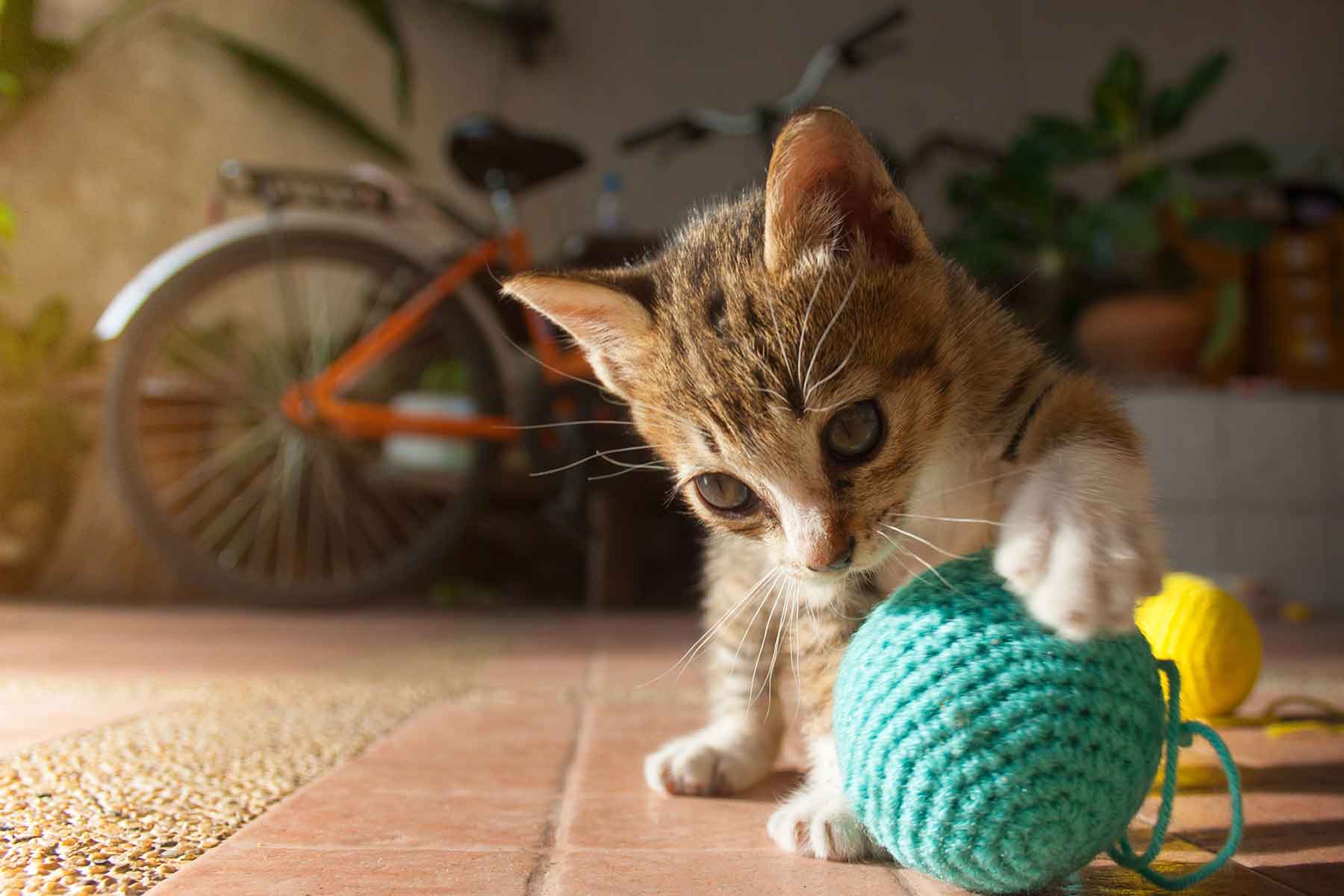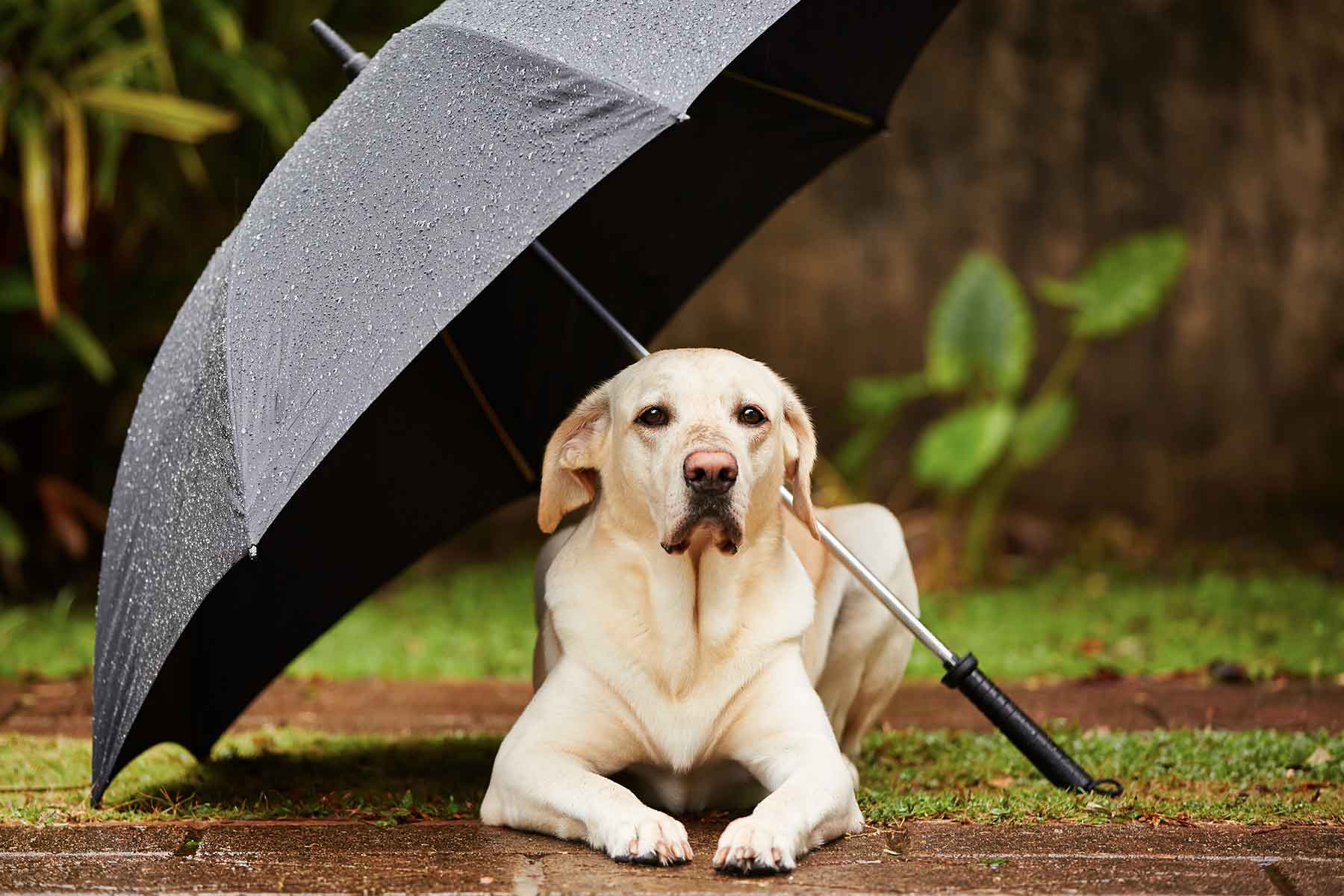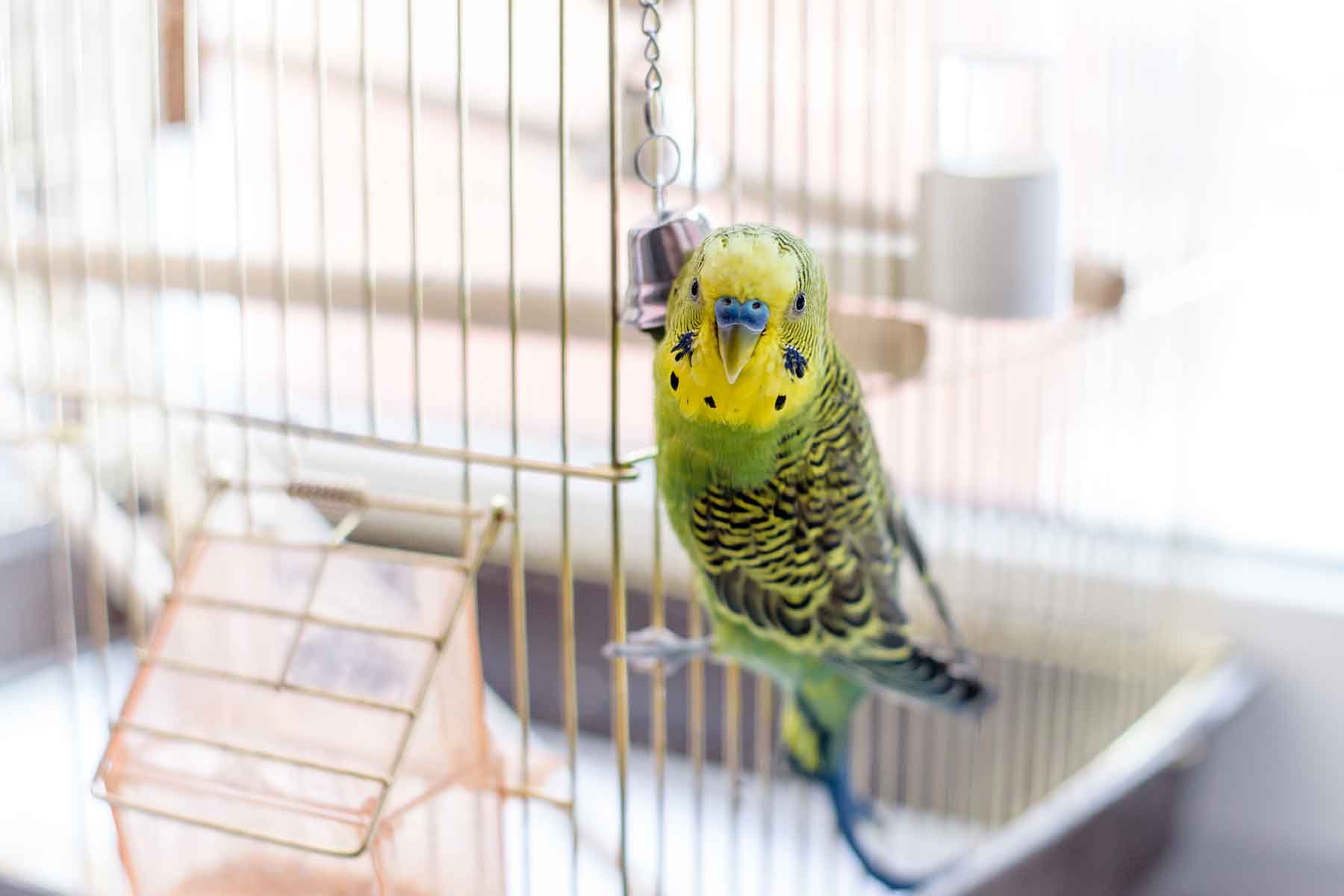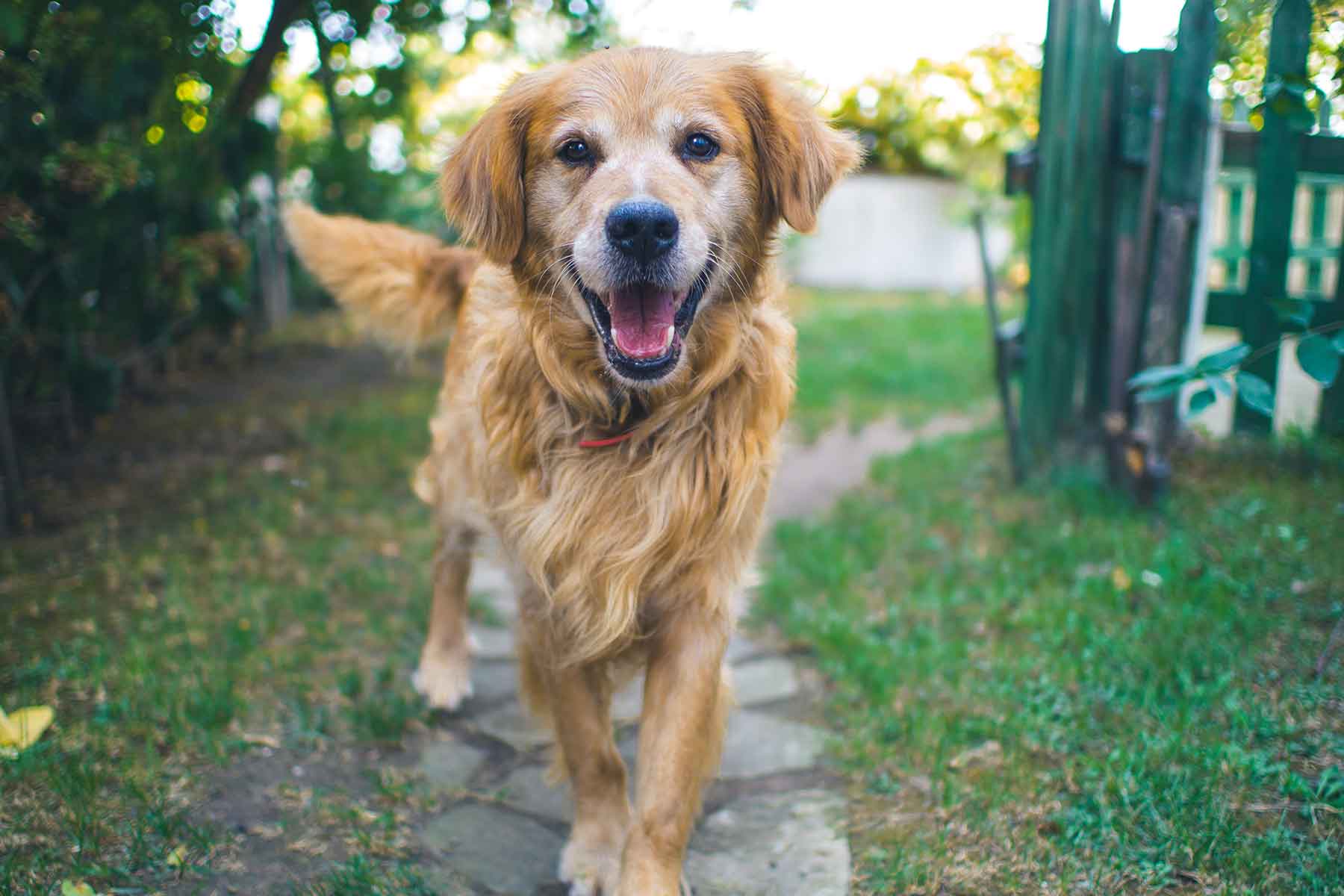Cats are notorious for effective self-grooming. However there are times when you may need to intervene. Learn about the benefits of grooming your cat, how to get started, when to groom, the equipment you can use, bathing your cat and when to stop.
Benefits of grooming your cat
Grooming your cat has a number of benefits:-
- Prevents formation of hairballs which can cause intestinal blockages
- Stimulates oil production for a healthy, shiny coat
- Provides the opportunity to check for fleas, ear mites, lumps or bumps
- Reinforces the bond between you and your cat
Start Early
If you acquire a kitten, it is a good idea to get your cat accustomed to being groomed from a very early age. Gradually increase the amount of time you spend grooming your cat until it becomes a part of your cat’s daily routine.
Avoid forcible grooming or restraint as this can cause stress and grooming will become a negative experience for your cat.
Shorthaired Cats
Equipment: Fine-toothed flea/tick comb; bristle brush, rubber mitten or grooming pad, damp cotton or rubber glove.
How often: Once a week.
Ensure your cat is relaxed and happy. Use the flea comb to check for flea excreta (flea dirt). If you find any, speak to us about flea control options.
Use your fingers to loosen dead hair by massaging in the direction of the cat’s head. Then start use the brush or grooming pad to gently brush from the head down to the tail, removing the dead hair and stimulating the blood supply to the skin. Remove loose hairs with the damp cotton or rubber glove. Finish on a positive note with treats and praise.
Longhaired Cats
Equipment: Wide-toothed comb, rubber mitten or grooming pad. There are also a number of different grooming products available, for example rakes, slickers and detangle sprays. Try a range of different products to find what works best for you and your cat.
How often: Once a day.
As for shorthaired cats, ensure your cat is relaxed and happy. Before grooming, massage the skin thoroughly by gently rubbing your fingers against the hair growth from tail to head, checking for flea excreta. (If you are concerned about fleas, contact us for advice on flea control options or for further information read Fleas – solving a flea problem). Use the wide-tooth comb to remove dead hair, taking extra care of the thin, sensitive skin under the cat’s armpits and between the hind legs.
Use the rubber mitten or pad to remove excess dead hair and do a final sweep over the coat with a damp cotton or rubber glove to remove any loose hairs that remain. If your cat becomes restless or stressed, stop and then start again when your cat is relaxed. Reward with praise and treats.
Dematting
Matts (or knots) can be extremely uncomfortable for a cat and difficult to remove at home. Preventative grooming is the key, however if you do come across a matt, tease it apart gently using your fingers, working slowly from the root towards the end of the hair. Do not be tempted to use scissors as it is very easy to cut your cat!
More severe matts will need to be shaved off and will usually need to be performed at a veterinary hospital (see more information below).
Bathing
Most cats do not tolerate bathing well, so if your cat is healthy there is usually no reason to give your cat a bath. For some cats, bathing can make life easier for those people who are allergic to cats. With longhaired cats it is advisable to keep the hair trimmed short around the bottom to prevent occasional soiling by faeces.
Signs of Stress – When To Stop
The following are some of the more subtle indications that the cat may be feeling uncomfortable. Interaction should be stopped when any of these signs are visible.
- Skin rippling or twitching
- Tail swishing, thumping or twitching at the end
- Sharp turn of cat’s head to face your hand or the brush
- Cat suddenly freezes or becomes tense
- Cat’s ears flick or rotate backwards
- Cat swallows or licks lips
- Cat shakes it’s head
- Cat performs a short lasting but rapid burst of grooming to body
- Cat growls or hisses
Help! You are unable to groom your cat at home
We frequently meet cats who require grooming under sedation. This is often the case with cats who have matted coats. In these circumstances your cat will require a veterinary check-up prior to the sedation/anaesthetic. When your cat is under sedation we will perform a ‘lion clip’, leaving your cat with fur on the tail, head and lower legs.











